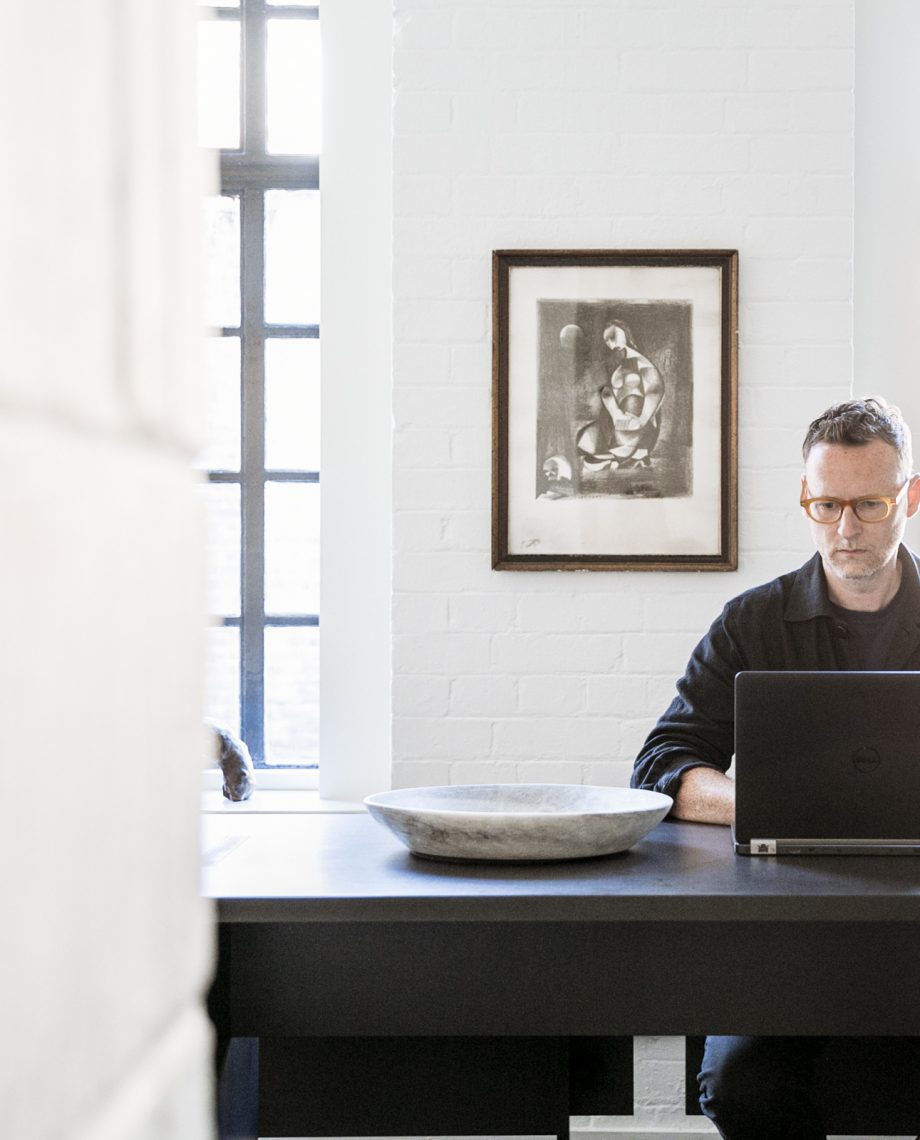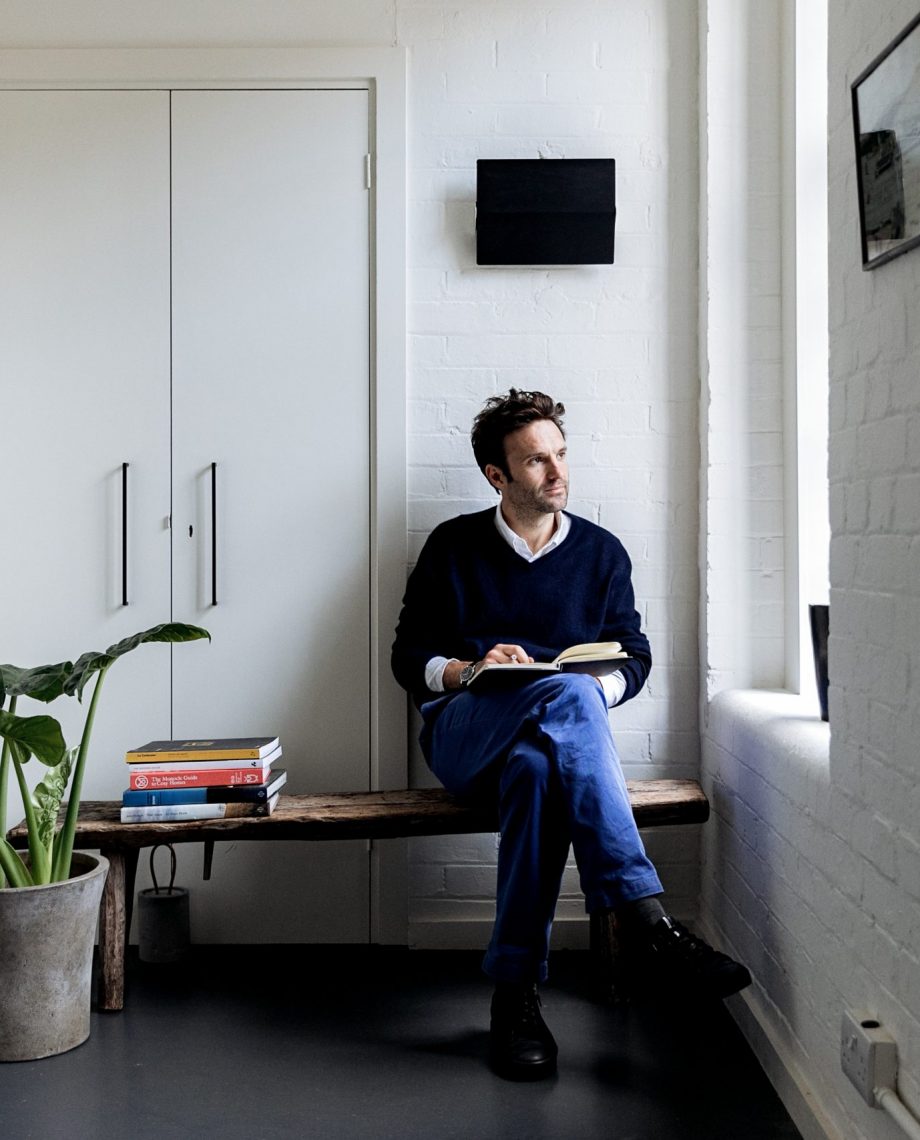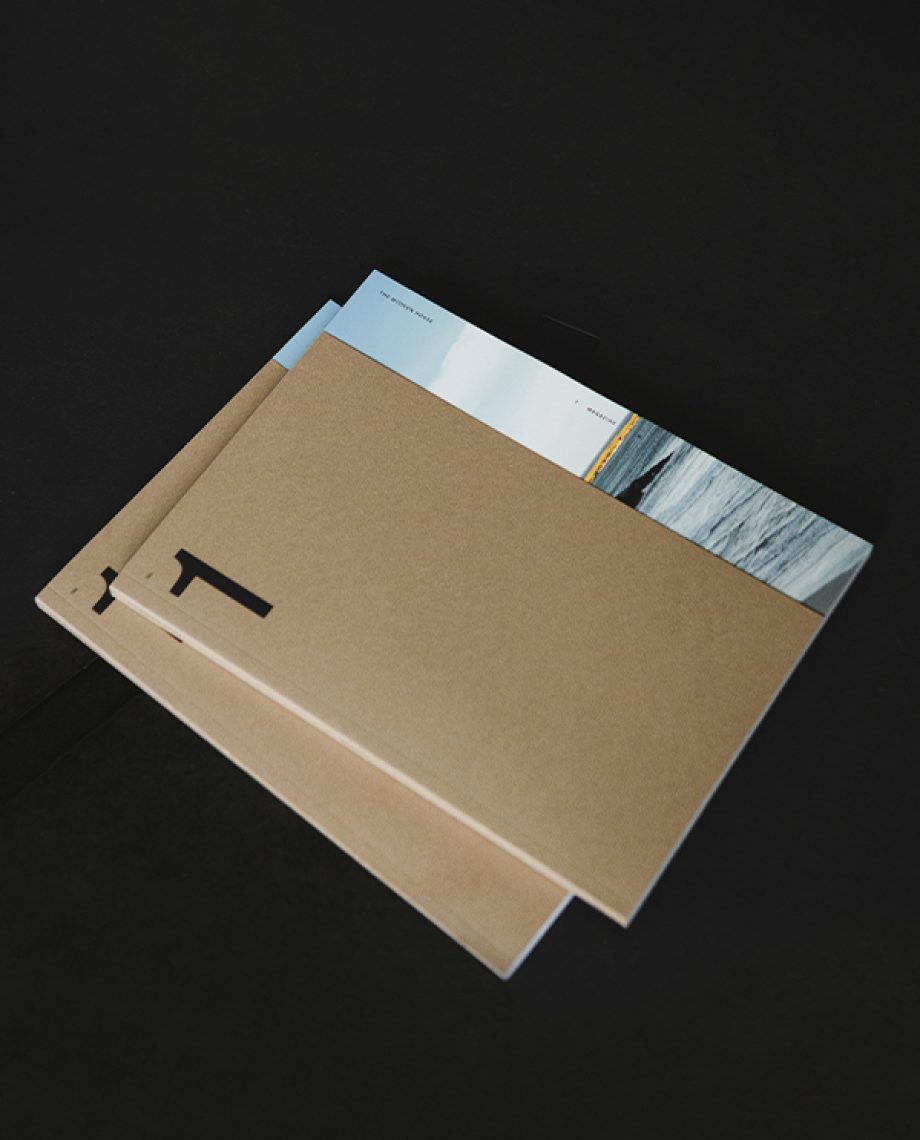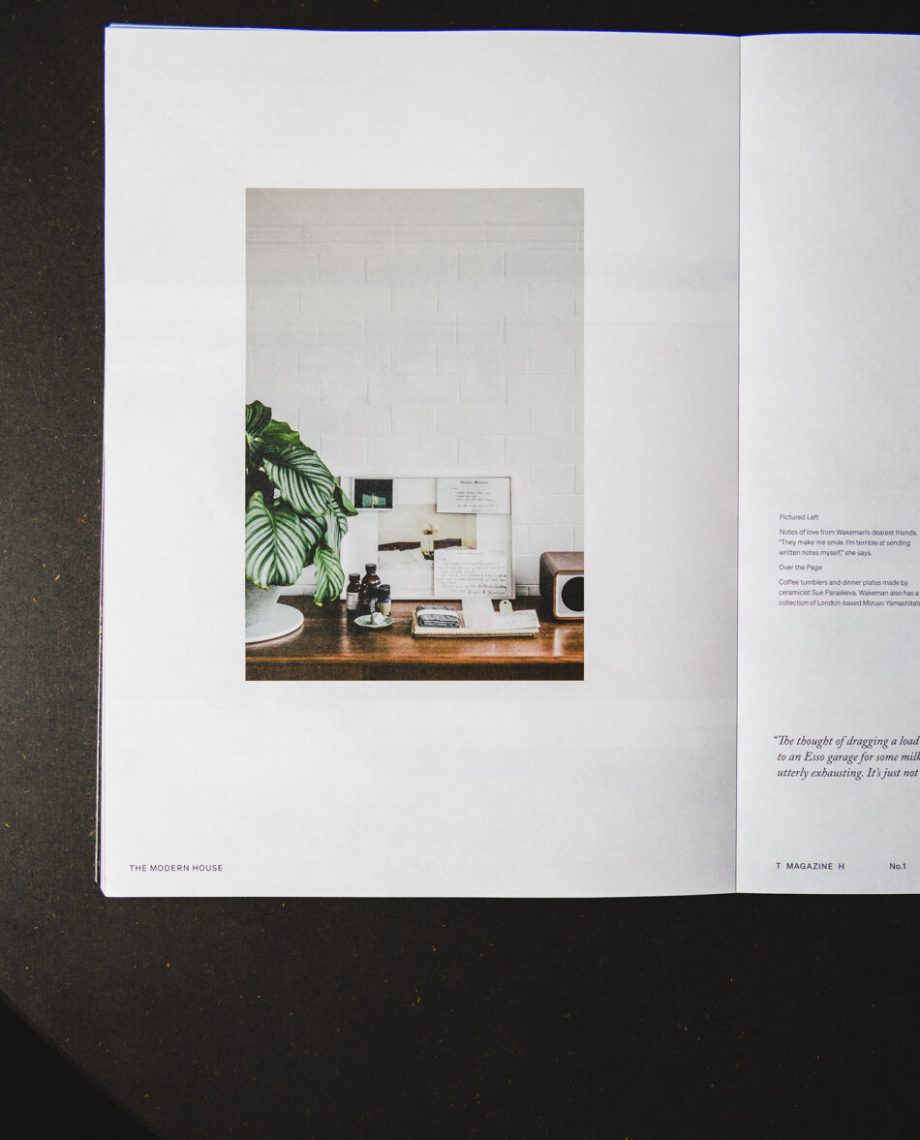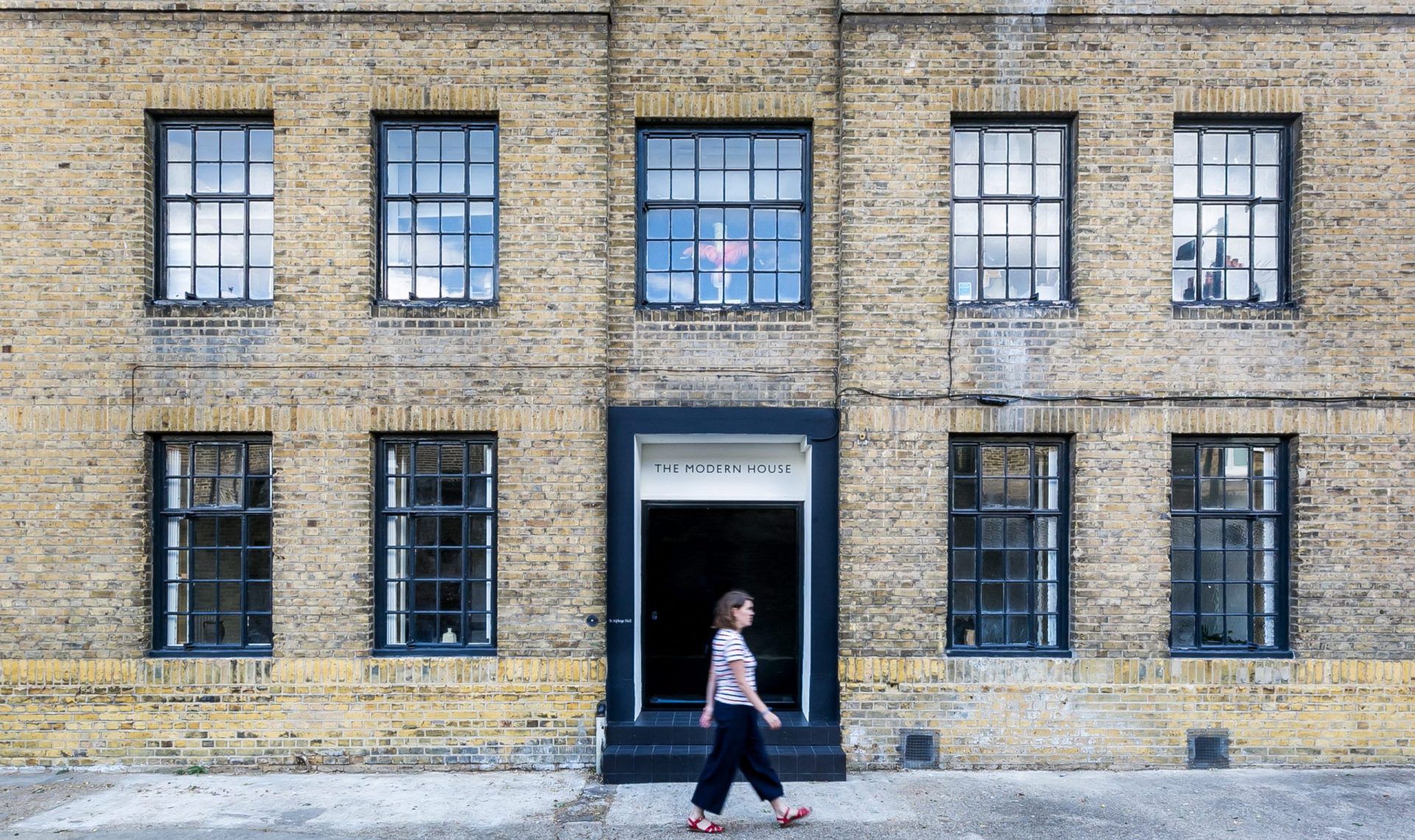Matt Gibberd and Albert Hill describe themselves as accidental estate agents. In 2005, Hill was Design Editor of Wallpaper and Gibberd was a senior editor at The World of Interiors when they had the idea to sell design-led modern homes.
They got started by calling the owner of a listed modernist house and persuading him to let them market it. Without a shopfront and with online property platforms still in their infancy, they took an editorial approach commissioning an interiors photographer and visiting a library to research the story of the house.
The Modern House was born and today is both a publisher and an estate agency. Gibberd has described the brand as an online magazine monetized by selling houses and the magazine is now so popular the company has just launched a print version.
“Albert and I have always fancied ourselves as magazine editors wafting around people’s houses in Fair Isle tank tops and tapping out prose amidst a fug of pipe smoke,” said Gibberd, whose father and grandfather were architects. “We both worked as design journalists before founding The Modern House and a preoccupation with print is something that never leaves you."
He added: “In common with a lot of digital businesses, The Modern House acts like a media company in many ways: our website places original editorial content alongside the sales listings; we have a YouTube channel and a podcast series; our third book is in the pipeline; and we produce content for other like-minded brands. Despite all of this output, there’s no substitute for the tactility and longevity of a magazine.”
The brand’s investment in editorial seems to be paying off: its website attracted 26.5 million page views and 2.9 million unique visitors last year and over 300,000 people follow it on Instagram. A 2017/18 study by Rightmove found it received 70 per cent more views per online listing than other agents who listed the same properties. Its revenues grew by 43 per cent in the same year.
Storytelling for Marketers
The Wonderful Wizard of OzStorytelling for Leaders
Moby DickStorytelling For Lawyers
Alice’s Adventures in Wonderland



